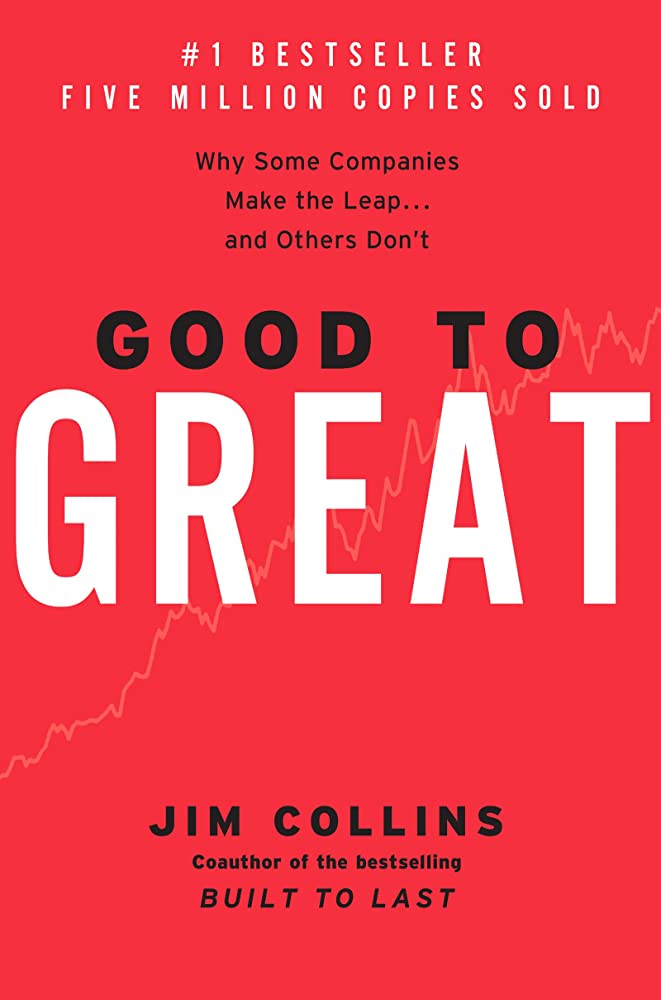Designing for Emotion
RATING


This book is a wonderful piece of literature showcasing and explaining the importance of accounting for human emotion during design. Walter offers wise and inspiring guidance for the principles of designing while considering the human behavioral element. He addresses the challenges that digital-age entrepreneurs face in this new ever-changing landscape. Walter is the VP of design publishing at InVision and has over 15 years of experience running product teams and teaching design to help companies enact best practices. He also founded the UX practice at Mailchimp and helped grow its user base from 10,000 to over 10 million.
Designing for Emotion is packed by Walter with engaging case studies which are grounded in human behavioral principles. The topics covered in the book address very real and pertinent subjects such as privacy, representation, and safety. In its entirety, Walter covers a very real and often overlooked aspect of product and experiential design – human emotion. People may view your offering with differing perspective depending on their emotions and how well your offering fits with their current frame of mind. Walter makes a convincing case for the need to focus more on consumer emotions, and develops his ideas using real-world examples and applications of his ideas in different contexts.
Walter admits that different perspectives and diversity come in many forms, and that incorporating everything is fundamentally important. It is easy to appreciate the in-depth and tangible case studies which Walter breaks down in this book, and he also does a wonderful job of keeping the reader engaged with his progression of thoughts. Finally, Walter’s concise writing style is quite a pleasure to read – compared to some other business books.
While Walter does a decent job explaining his line of thinking and providing some evidence and detail, it would have been nice to see a more in-depth analysis of the scientific-based elements of human behavior from which a lot of his applications are derived. Furthermore, while the concepts are very convincing through the use of case studies, a more analytical approach with performance metrics and benchmarks would definitely benefit this book.
Make your users fall in love with your site via the precepts packed into this brief, charming book by MailChimp user experience design lead Aarron Walter. From classic psychology to case studies, highbrow concepts to common sense, Designing for Emotion demonstrates accessible strategies and memorable methods to help you make a human connection through design.
*This amazon link and excerpt are for the first edition released in 2011. Our review is for the second edition released in 2020
This book is for anybody with an entrepreneurial spirit or mindset. It is a great resource to garner a deeper understanding of a somewhat intuitive topic, and an even better one to understand the application of those ideas in the real world through case studies and examples. This is a useful guide that will help build up the knowledge base of any aspiring or current entrepreneur or business leader.
See content on this topic
Sales training for front line along with basic development and coaching principles for line management.
Understanding branding and communications from the standpoint of emotional engagement and building relevant and meaningful dialogue with customers.
This course covers a complete view of customer touch points (both physical and virtual) and a unique model for standardizing and managing customer contact models across channels including approaches for customer feedback, quality management, and migration.
Understand how the innovation process changes moving from functionality and channel design to a process focused on creating value for customers.
Experiential Branding & Communications – Improving Brand Integration Through Emotional Engagement.
This course covers a complete view of customer touch points (both physical and virtual) and a unique model for standardizing and managing customer contact models across channels.
Understand the value of a customer-oriented analytics package and how behavioral scenarios can be used to improve profitability through influencing behavior and usage.
To understand the principles of game dynamics and learn how to effectively use the elements of gamification in business: to involve customers, employees and contractors in the process.
Understanding branding and communications from the standpoint of emotional engagement and building relevant and meaningful dialogue with customers.
This course covers a complete view of customer touch points (both physical and virtual) and a unique model for standardizing and managing customer contact models across channels including approaches for customer feedback, quality management, and migration.
Experiential Branding & Communications – Improving Brand Integration Through Emotional Engagement.
This course covers a complete view of customer touch points (both physical and virtual) and a unique model for standardizing and managing customer contact models across channels.




 Copy Link
Copy Link
 E-mail
E-mail
 LinkedIn
LinkedIn
 Facebook
Facebook
 Telegram
Telegram
 WhatsApp
WhatsApp


















 Go Back
Go Back
Leave a Reply
You must be logged in to post a comment.